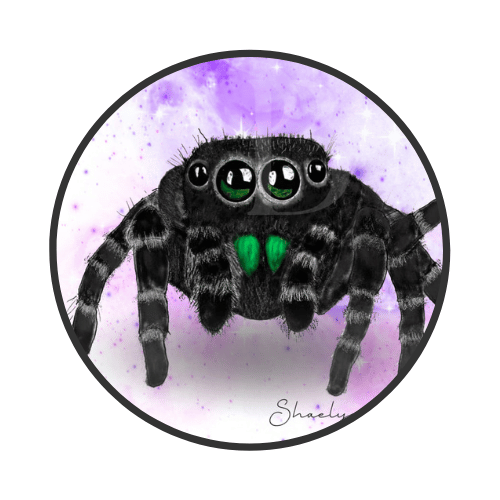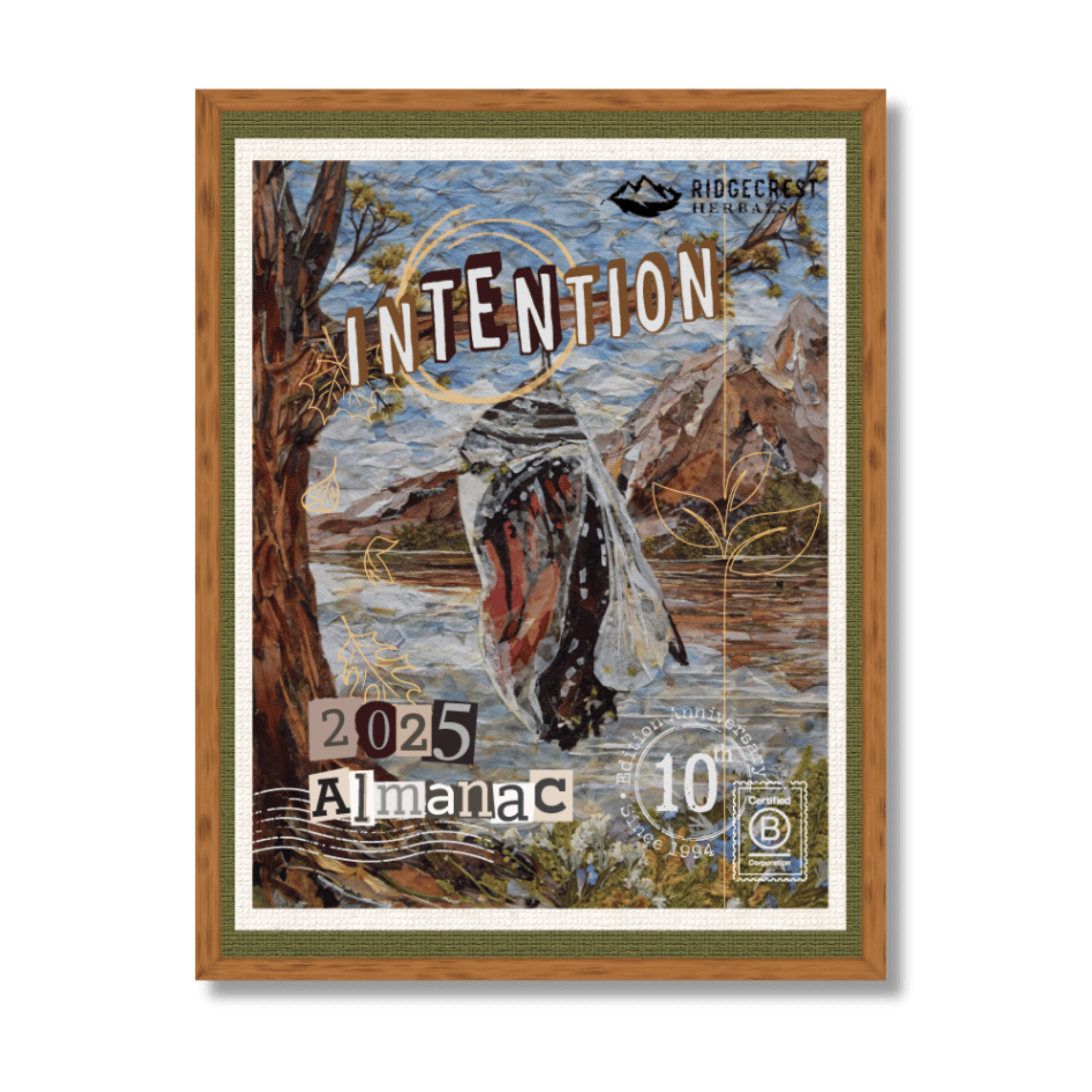My heart has always had a soft spot and curiosity for the odd, unusual, and hated creatures. Growing up, I was bullied and an outcast; I spent a lot of time alone, playing outside, diving into the natural world, and befriending the creatures around me. In a way, befriending and learning about these creatures was cathartic. Perhaps loving these creatures meant that somewhere out there was love for me, even if I was a strange, unusual, misunderstood, and sometimes hated creature.
When I was little, my grandma read Be Nice To Spiders by Margaret Bloy Graham, and my parents taught me to love nature and all creatures. I remember playing with the roly-poly potato bugs at my grandma's house; I kept snails as friends in a pencil box and would spend my recesses watching them. I fed the big red harvester ants outside my home and loved their community. I kept and cared for tarantulas and black widows and became fascinated with their beauty and danger. I raised feeder crickets and loved to watch how they interacted. I took care of class hissing cockroaches one summer and would let them lick the salt off my hands. I love praying mantises and look forward to their arrival every summer. I am enamored with bats and don’t find many things more adorable. I am completely bewitched by vultures and their crucial role in the ecosystem.
Every animal and creature has a purpose. We fear what we do not know or understand, it’s human nature. But we can transcend that by learning and, at the very least, finding respect for the creatures we don’t like. Animals, including the ones we don’t like (yes, bugs and spiders, too), are our kin; we are connected to each other in this vast ecosystem, and we all affect one another. Beyond learning about their benefits to the ecosystem, I love researching animal meanings and symbolism (especially in dreams or recurring sightings). The internet is a great place to learn, and there are many books on the subject, such as Animal Speak by Ted Andrews.
Lessons from Fascinating Wildlife and Creatures
Spiders
Benefits: Along with helping to control insect populations, they also help pollinate plants and serve as food for many other animals.
Symbolism: Spiders are found in many cultures and have many meanings and symbolism tied to them. Most notably, spiders symbolize creativity, interconnectedness, and balance. Grandmother spider is part of many creation stories.
Bats
Benefits: Bats help control insect populations, including mosquitos, help pollinate plants, and disperse seeds.
Symbolism: Bats urge us to be aware of our surroundings, and symbolize communication and intuition.
Vultures
Benefits: Vultures rid the landscape of deteriorating carcasses, helping to minimize the spread of diseases and bacteria.
Symbolism: Vultures represent rebirth, patience, protection, and transformation.
The CryptoNaturalist (Jarrod K Anderson) has a fantastic poem that perfectly captures the essence of these holy creatures, which can be found online or in his book:
“Vultures are holy creatures,
Tending the dead.
Bowling low,
Barred head.
Whispers to cold flesh,
“Your old name is not your king,
I rename you ‘Everything.’”
Snakes
Benefits: Snakes help control pest populations, are part of the food web, and they help maintain biodiversity.
Symbolism: Snake symbolism is found worldwide; it represents fertility, rebirth, the afterlife, medicine, and healing.
Ants
Benefits: Ants aerate the soil, deliver nutrients to soil and plants, break down decaying matter, and help control insect populations.
Symbolism: Ants represent willpower, strength, teamwork, and serving the community.
Roly-Pollies, Pill Bugs, Sow Bugs, Woodlouse, or Isopods
Benefits: They are master decomposers that add many nutrients to the soil and remove heavy metals from the soil.
Symbolism: They represent self-preservation and the need to shield oneself from potential threats. They are a symbol of intuition and exploring inner emotion.
Opossums
Benefits: They help control tick, snake, rodent, and insect populations; they are scavengers that clean the environment of dead animals and are resistant to rabies and botulism, so they don’t spread diseases.
Symbolism: They symbolize resourcefulness, adaptability, self-awareness, self-preservation, and strategic thinking.
Snails
Benefits: Snails and slugs are natural clean-up crews and recyclers. They play a key role in the decomposition process and help to recycle and distribute nutrients to the soil. They also help with fungal spore dispersal as well.
Symbolism: Determination, stillness, balance, taking time on your journey, and slowing down.
Praying Mantis
Benefits: They help control moth, mosquito, roach, fly, aphid, and small rodent populations in the garden.
Symbolism: A guide of direction, patience, perseverance, contemplation, mindfulness, stillness, and connection to the spiritual realm.
Sharks
Benefits: As apex predators, they help keep the food web in check, they help keep the carbon cycle in motion by feeding on dead matter, they inspire bright designs as scientists have studied them to create shark-inspired swimsuits, and a company called BioPower Systems designed a device resembling a sharks tail to capture wave energy from the ocean to convert to electric power.
Symbolism: Sharks represent determination, personal power, focus, protection, guidance, and innovation.
Raccoons
Benefits: They help disperse seeds, control populations of parasitic species, serve as prey for larger animals, clean up the environment by feeding on dead animals, protect bees by feeding on wasps, and help to aerate the soil by digging.
Symbolism: They represent curiosity, resourcefulness, stealth, adaptability, cleverness, shapeshifting, transformation, lightheartedness, and the inner child.
The benefits and symbolism listed are just the tip of the iceberg. I urge you to deep dive into some creatures you don’t like and learn more about them, their benefits, and their symbolism. We make something sacred by the attention we give it. If nothing else, I hope you can find understanding and respect for something you once feared, and we can all find ways to work with the creatures and environments around us.
To help bring awareness to the unloved creatures, I have started an art project, and you can find “The Undesirables” work on my art page on Facebook, Art by Shae, and IG @ArtbyShaeb.






Leave a comment
All comments are moderated before being published.
This site is protected by hCaptcha and the hCaptcha Privacy Policy and Terms of Service apply.